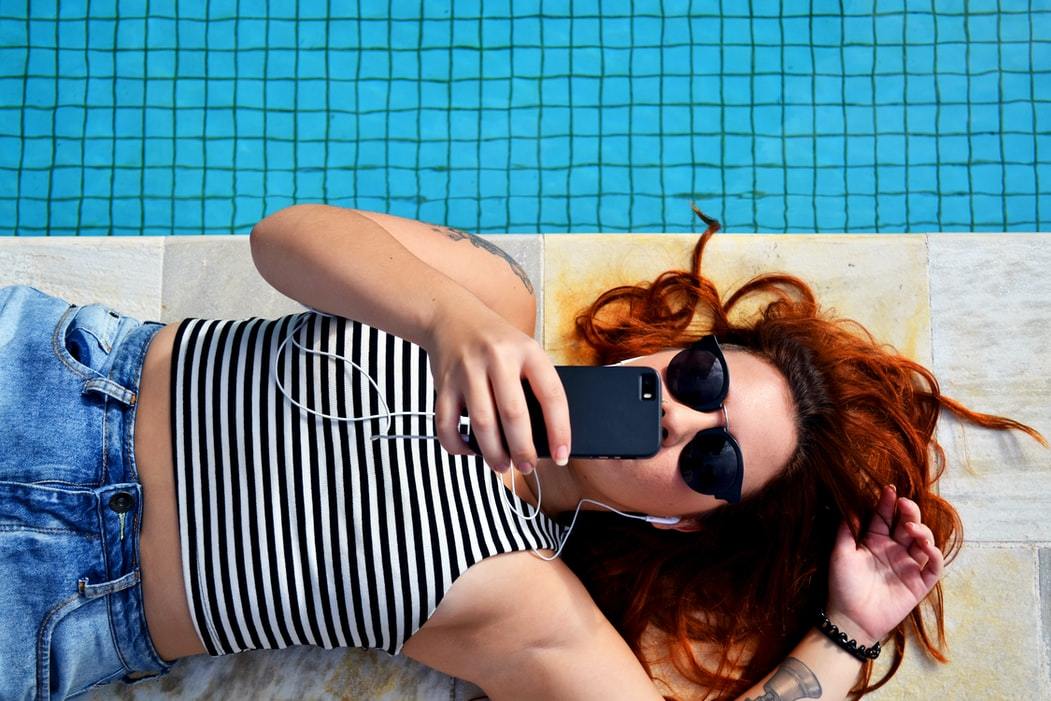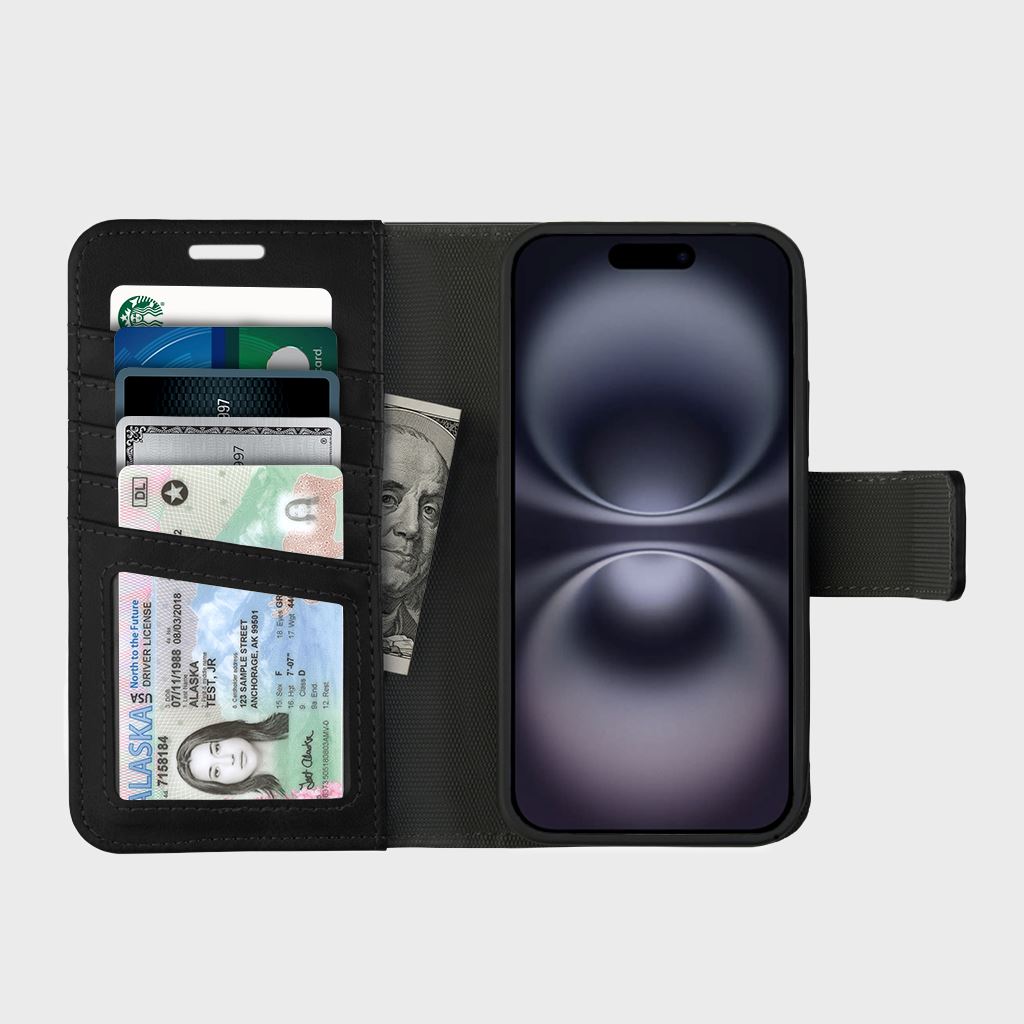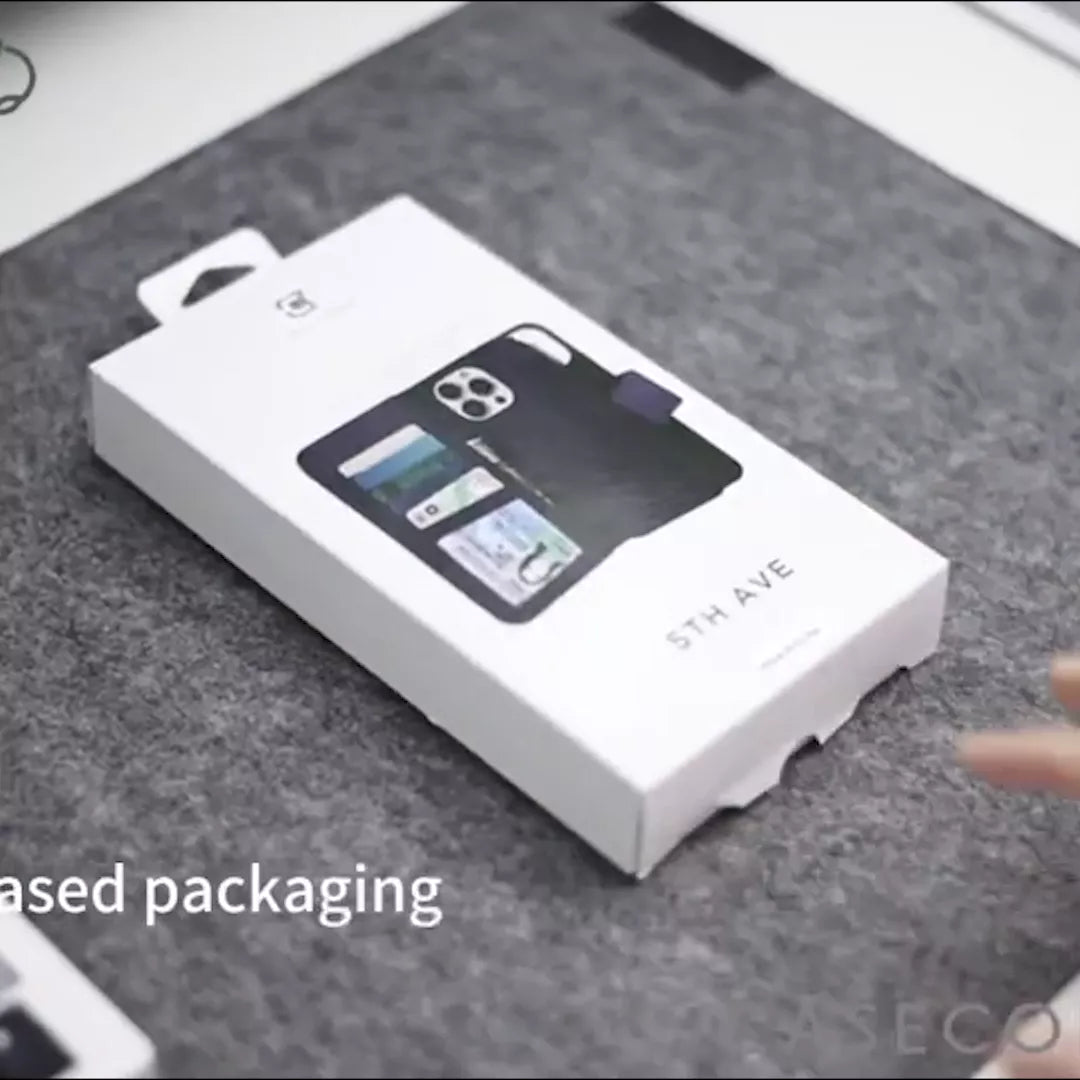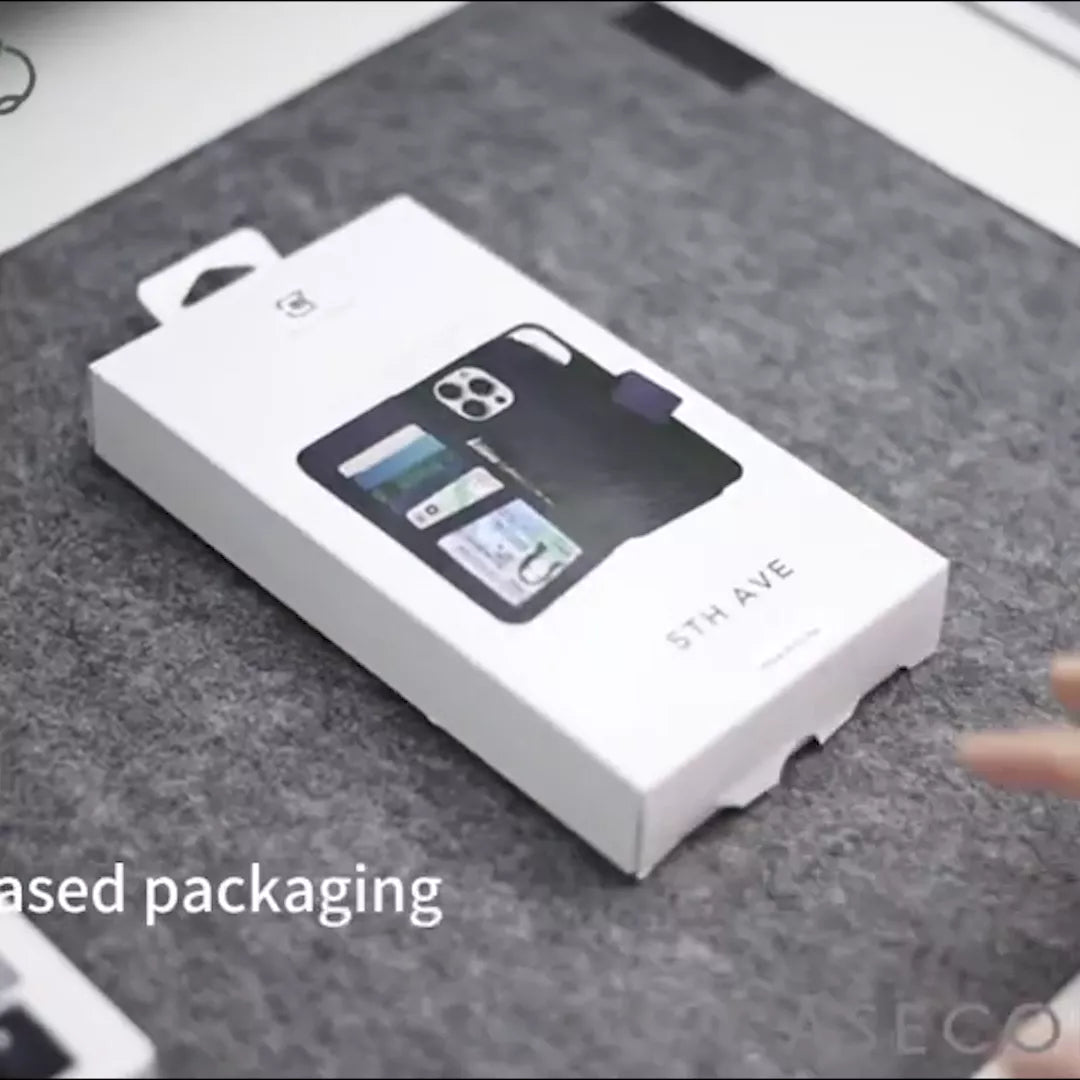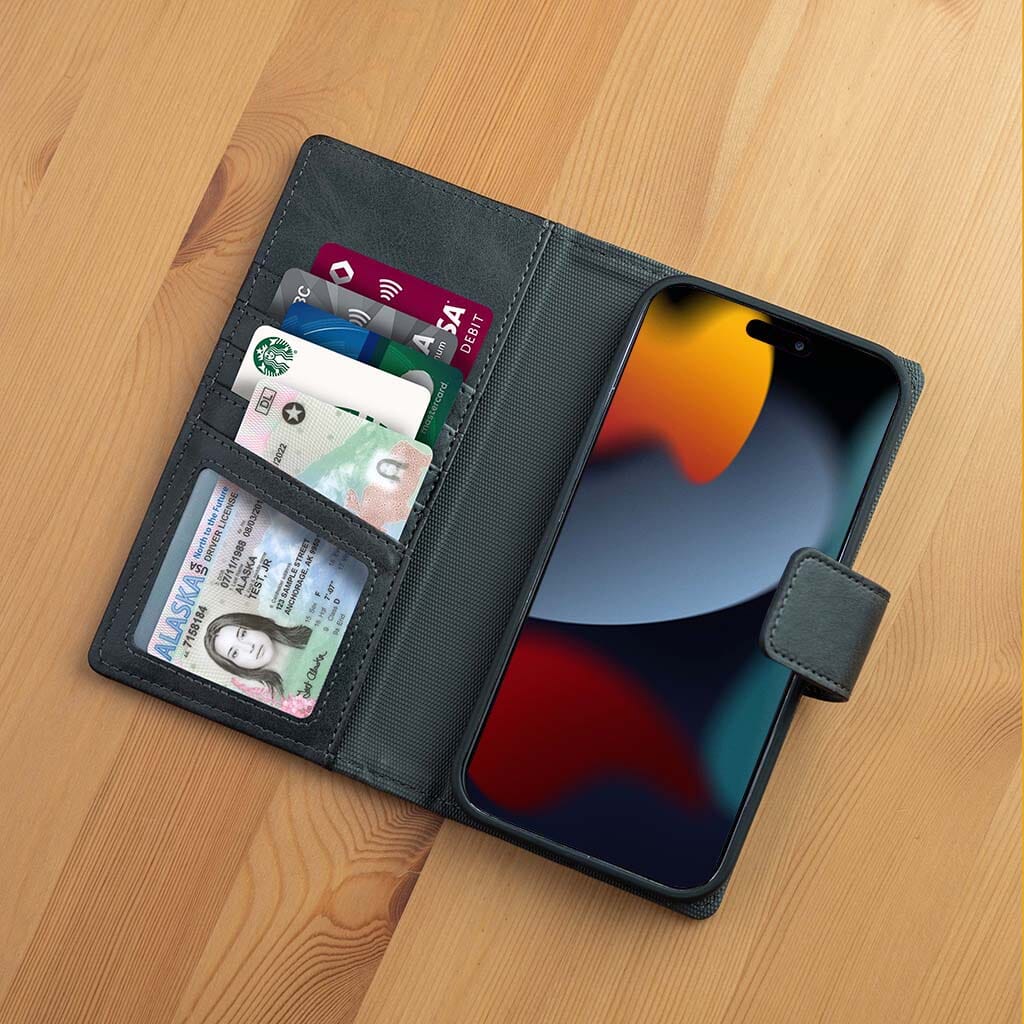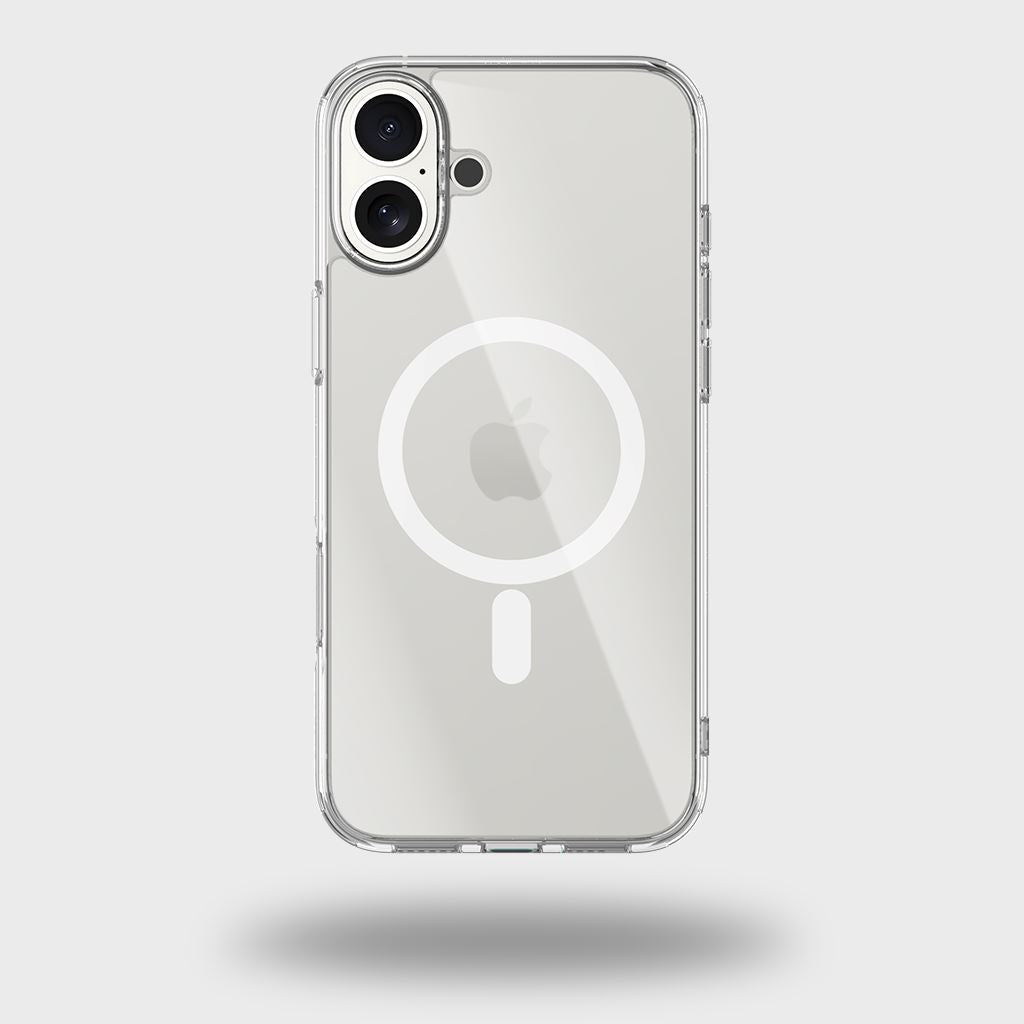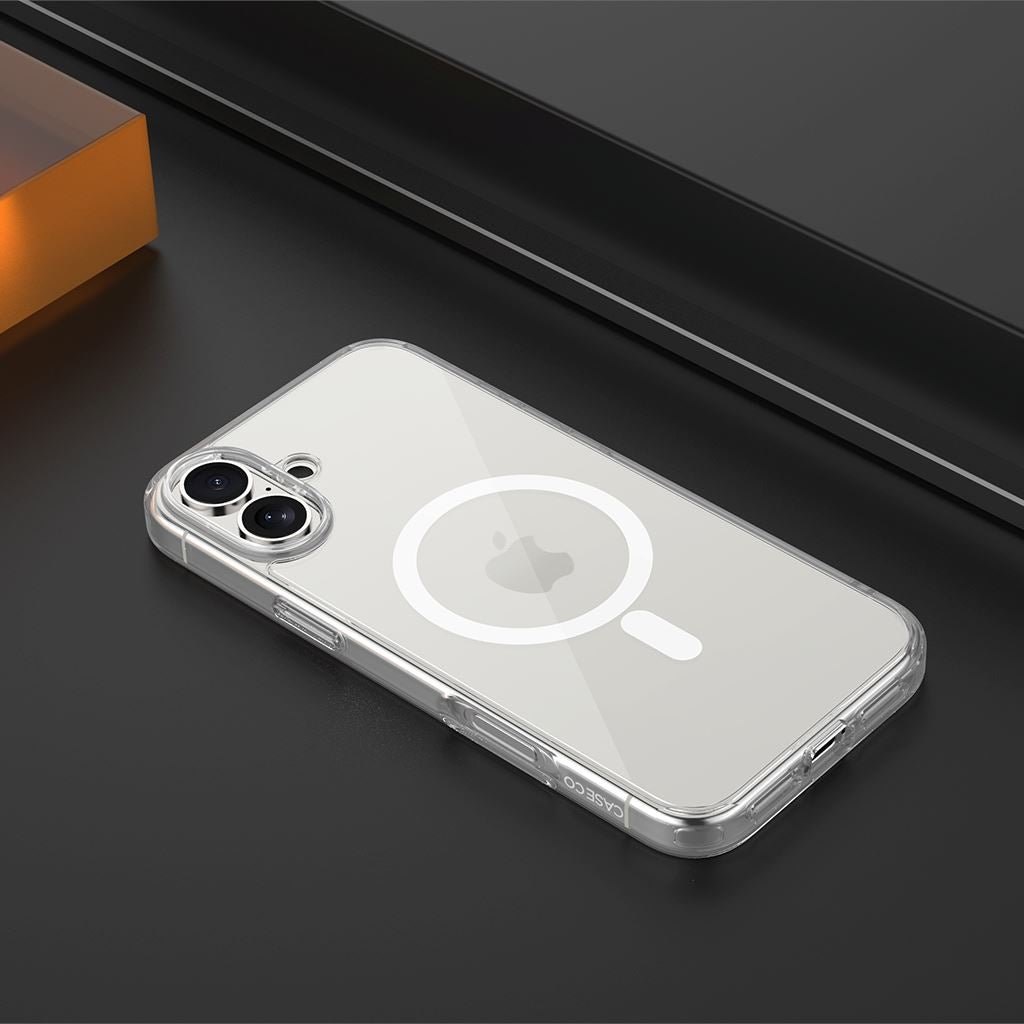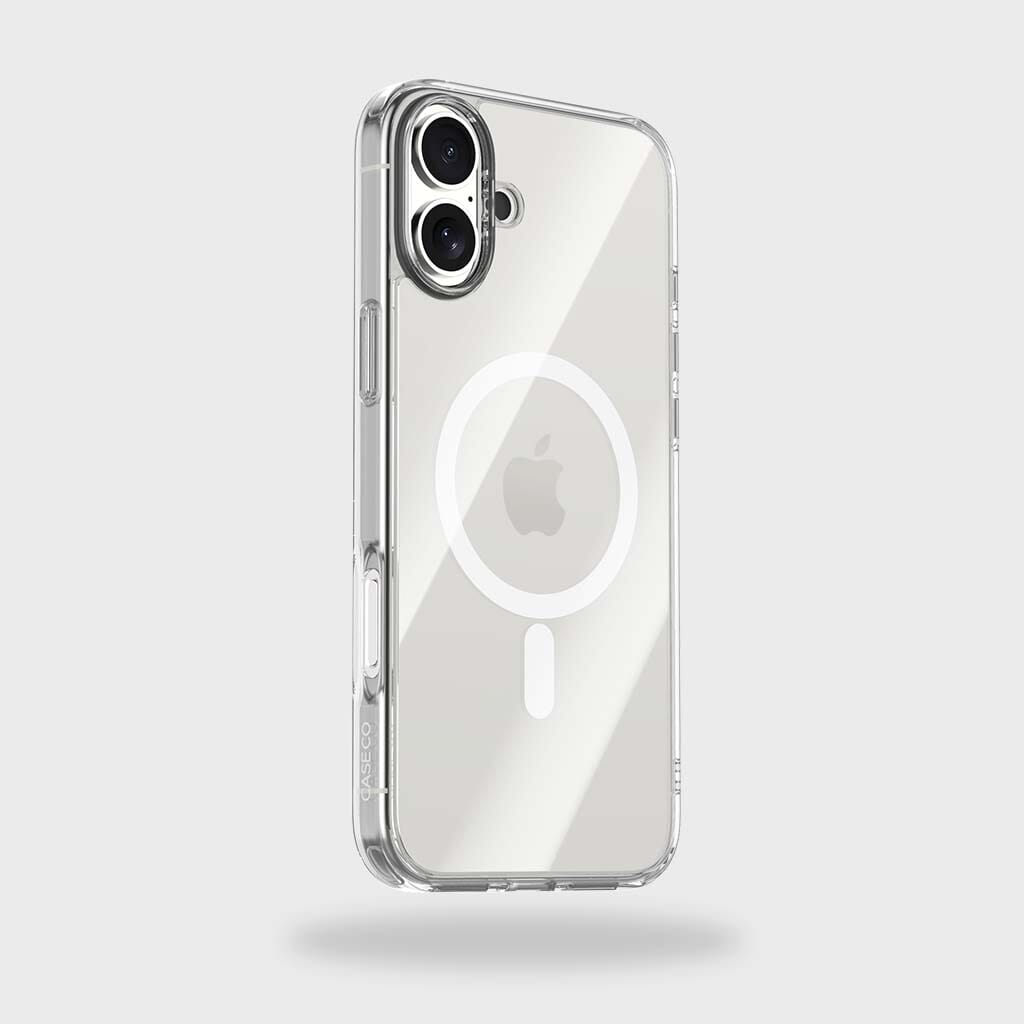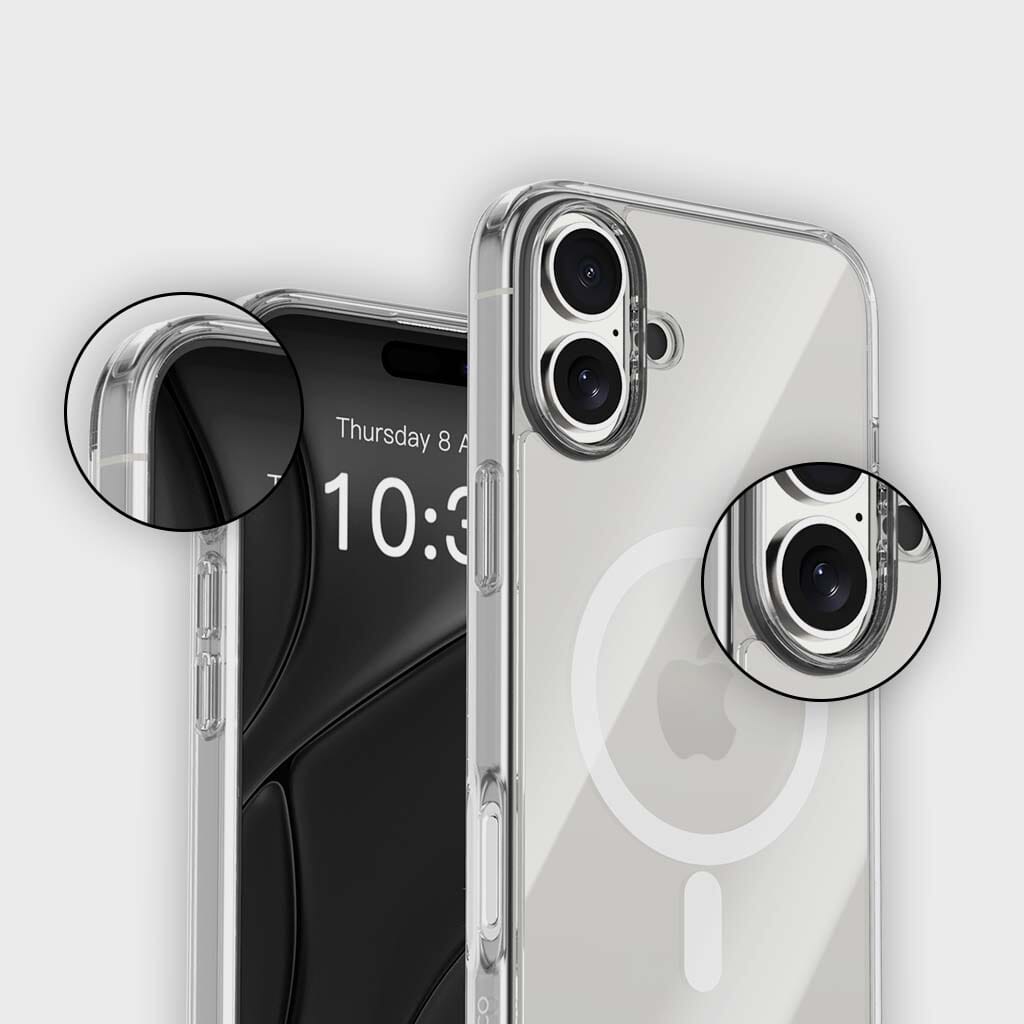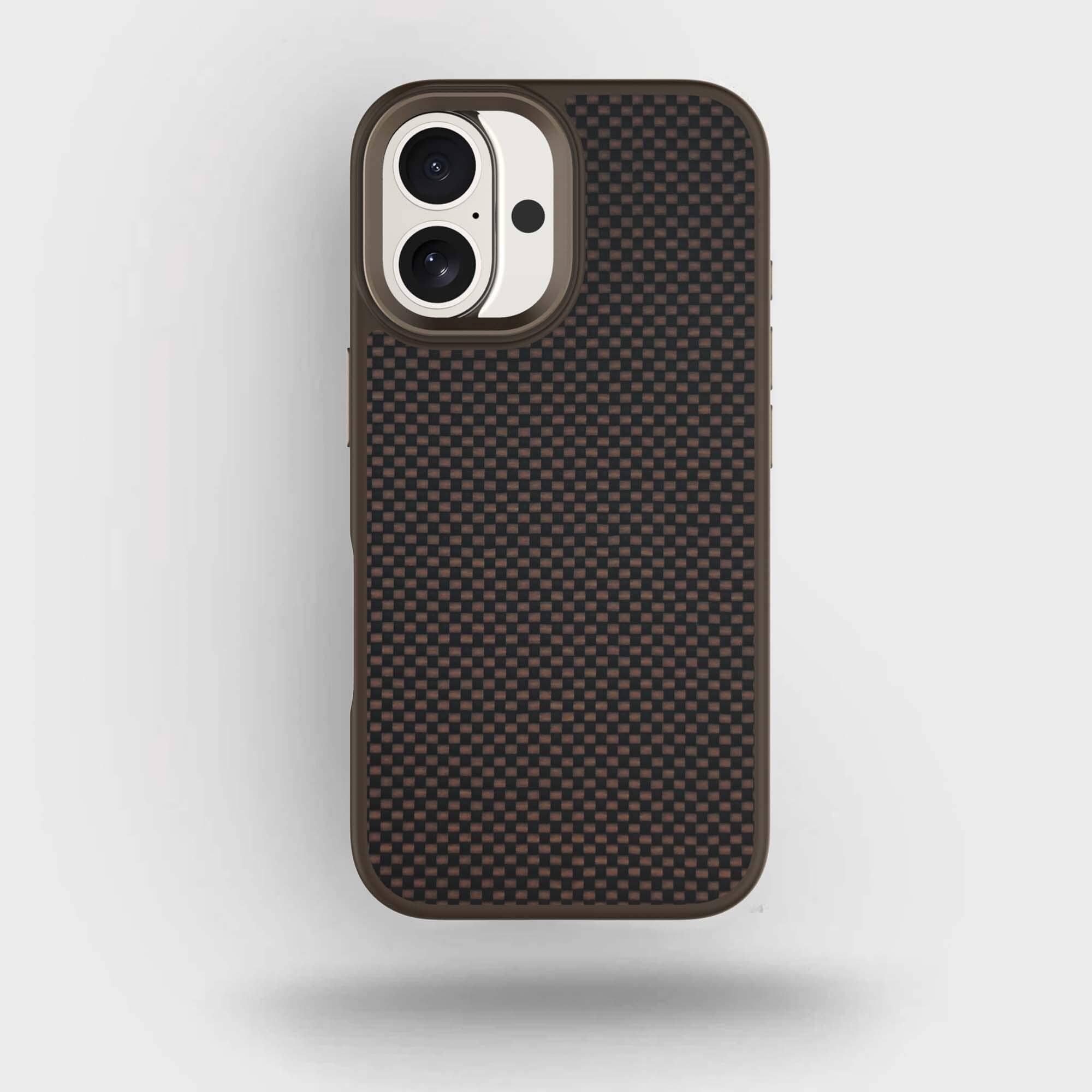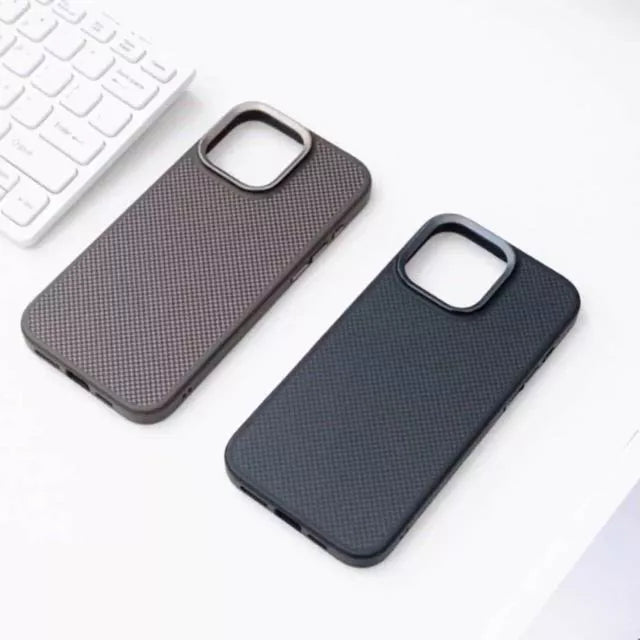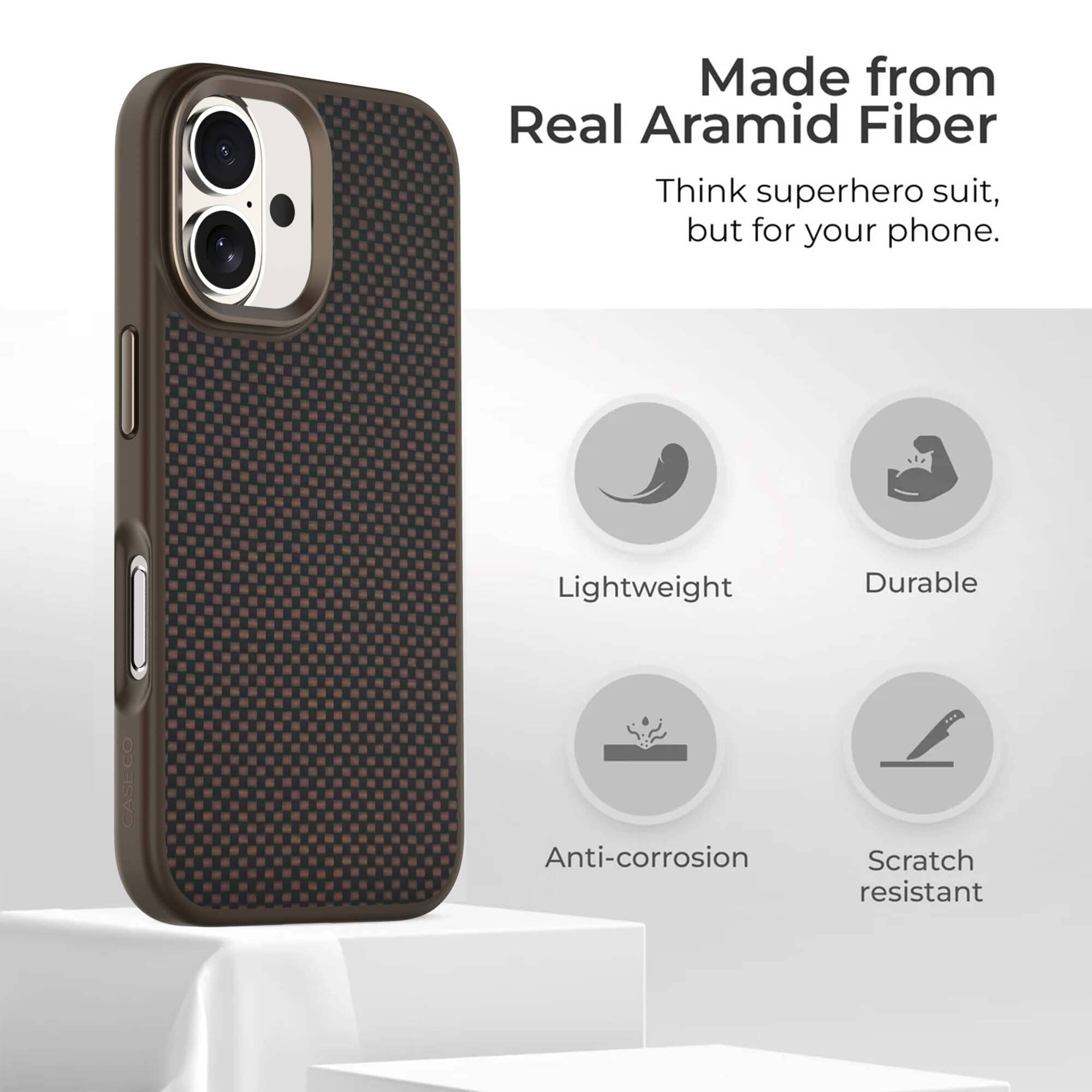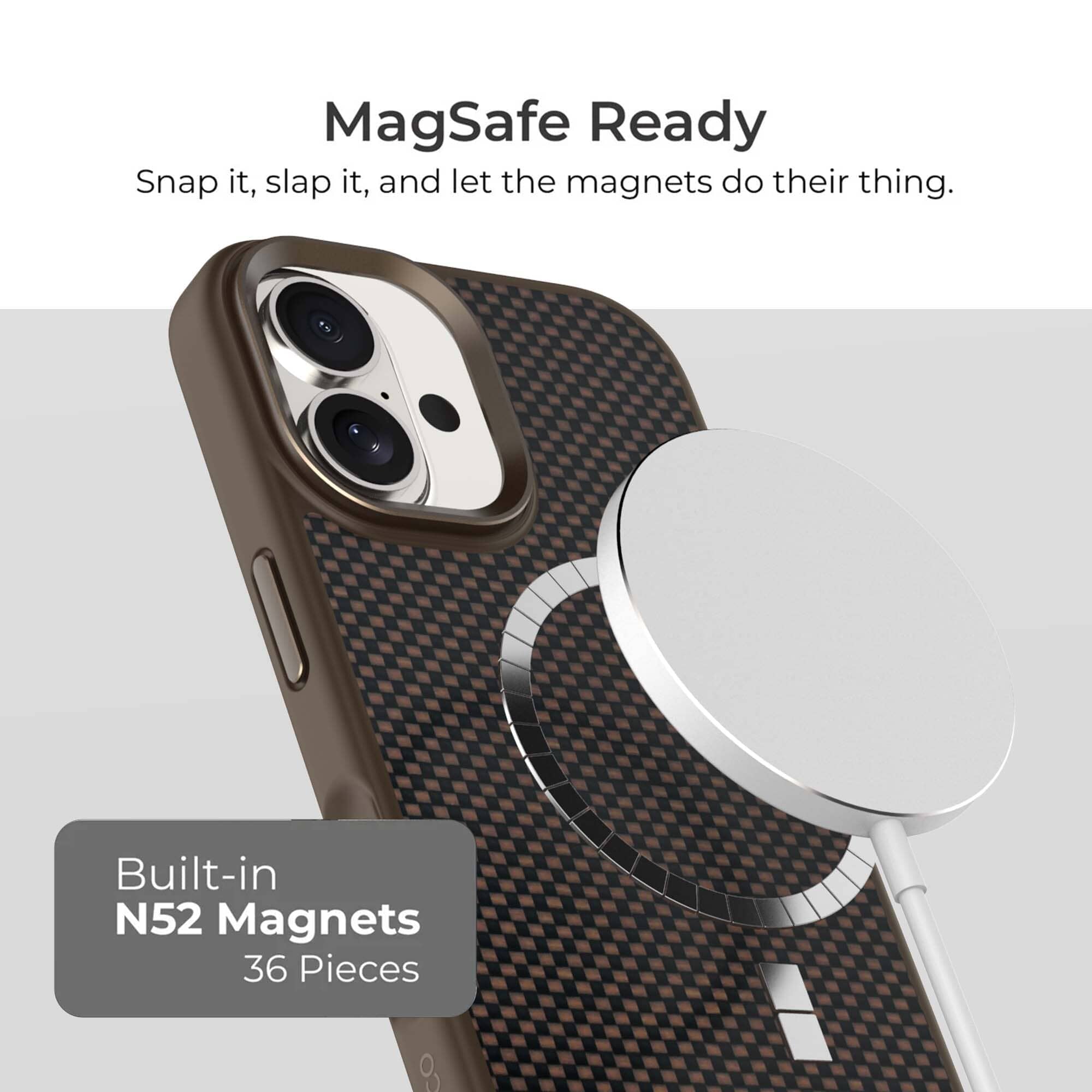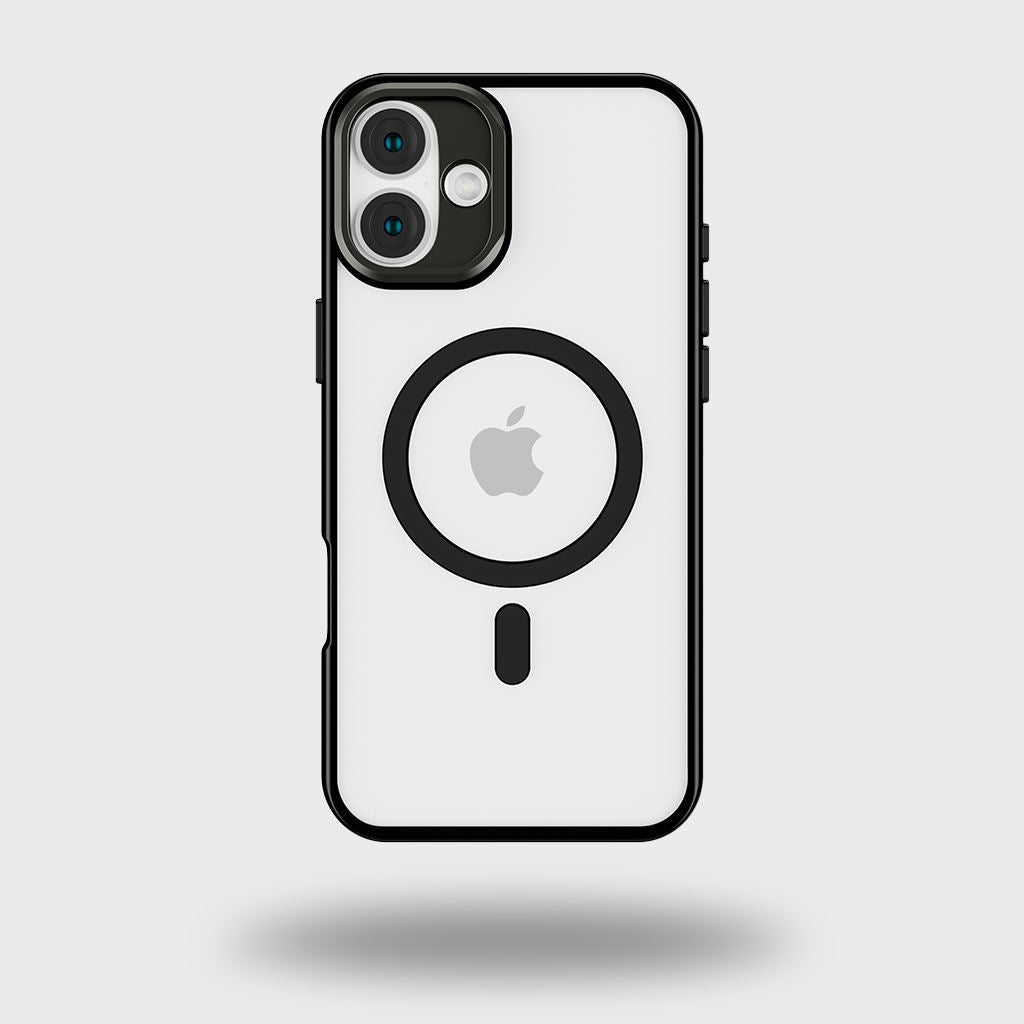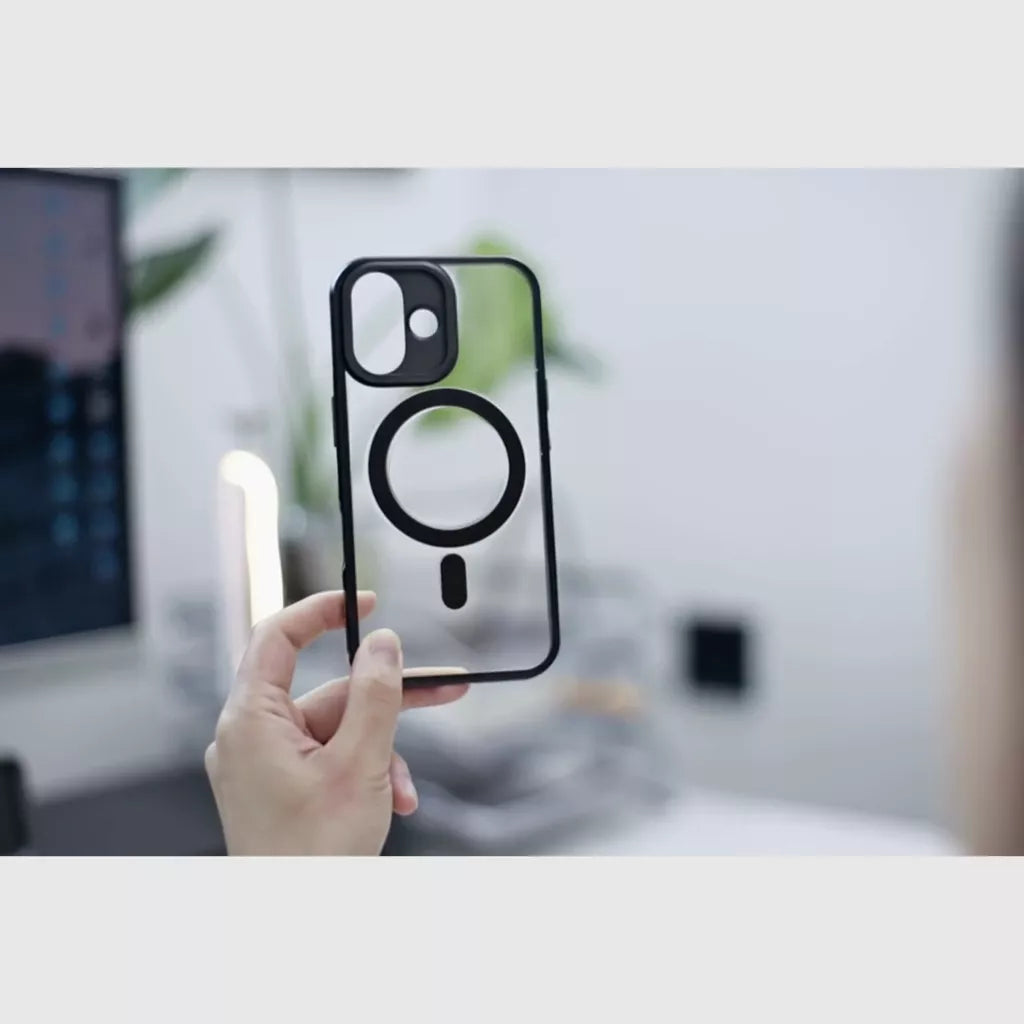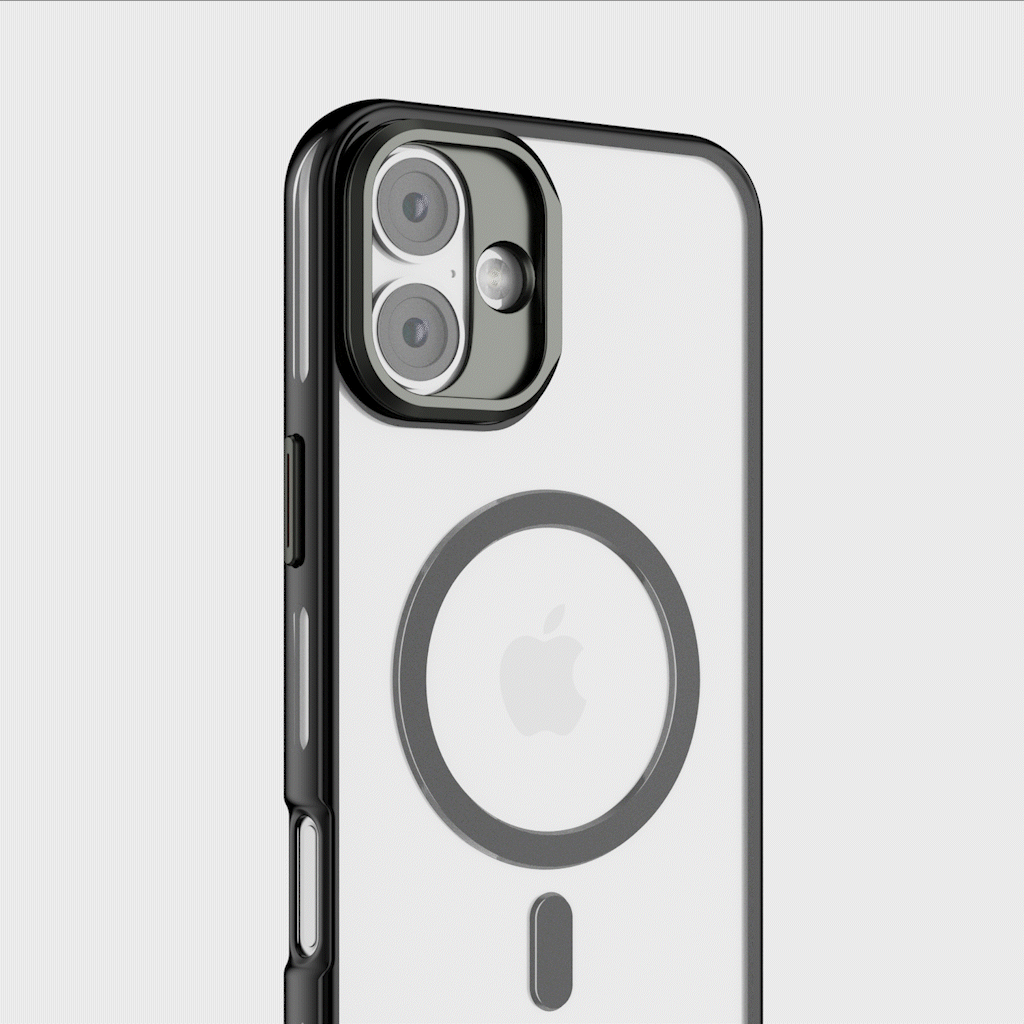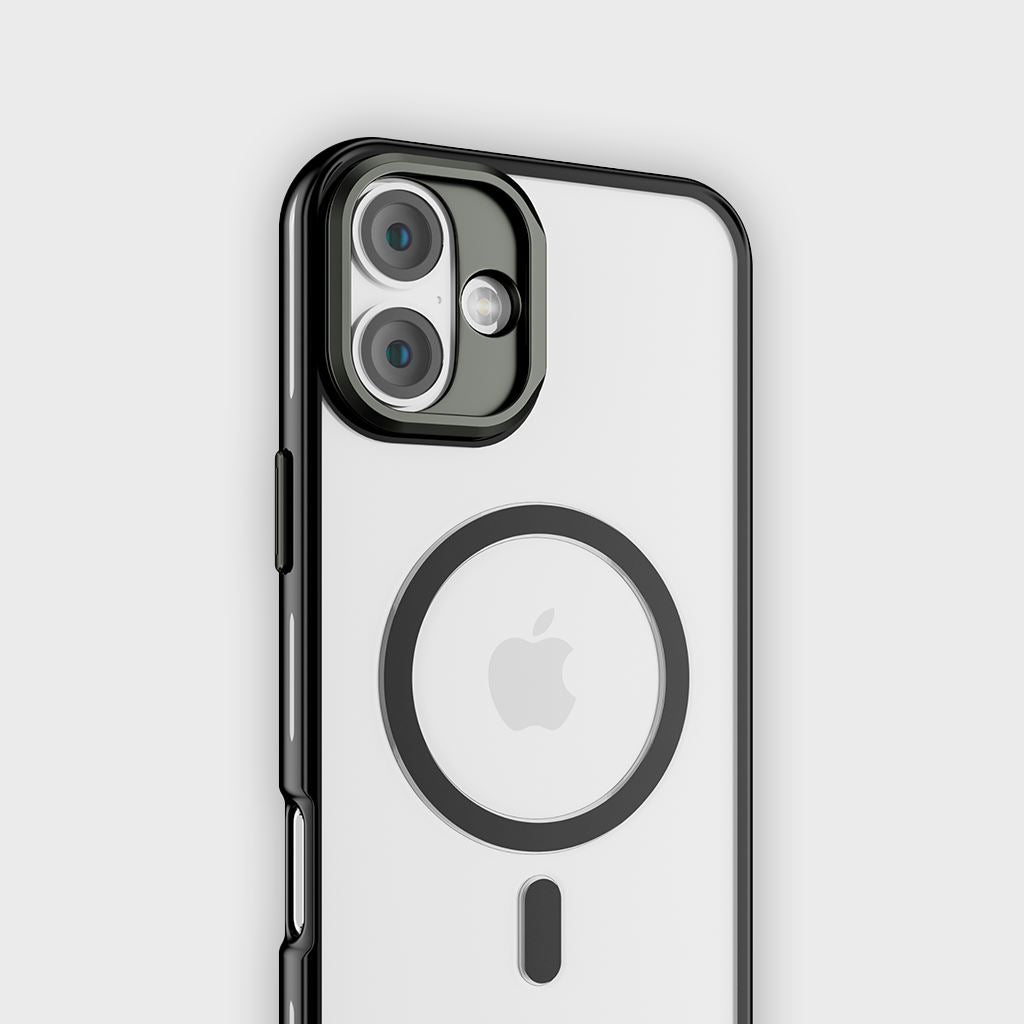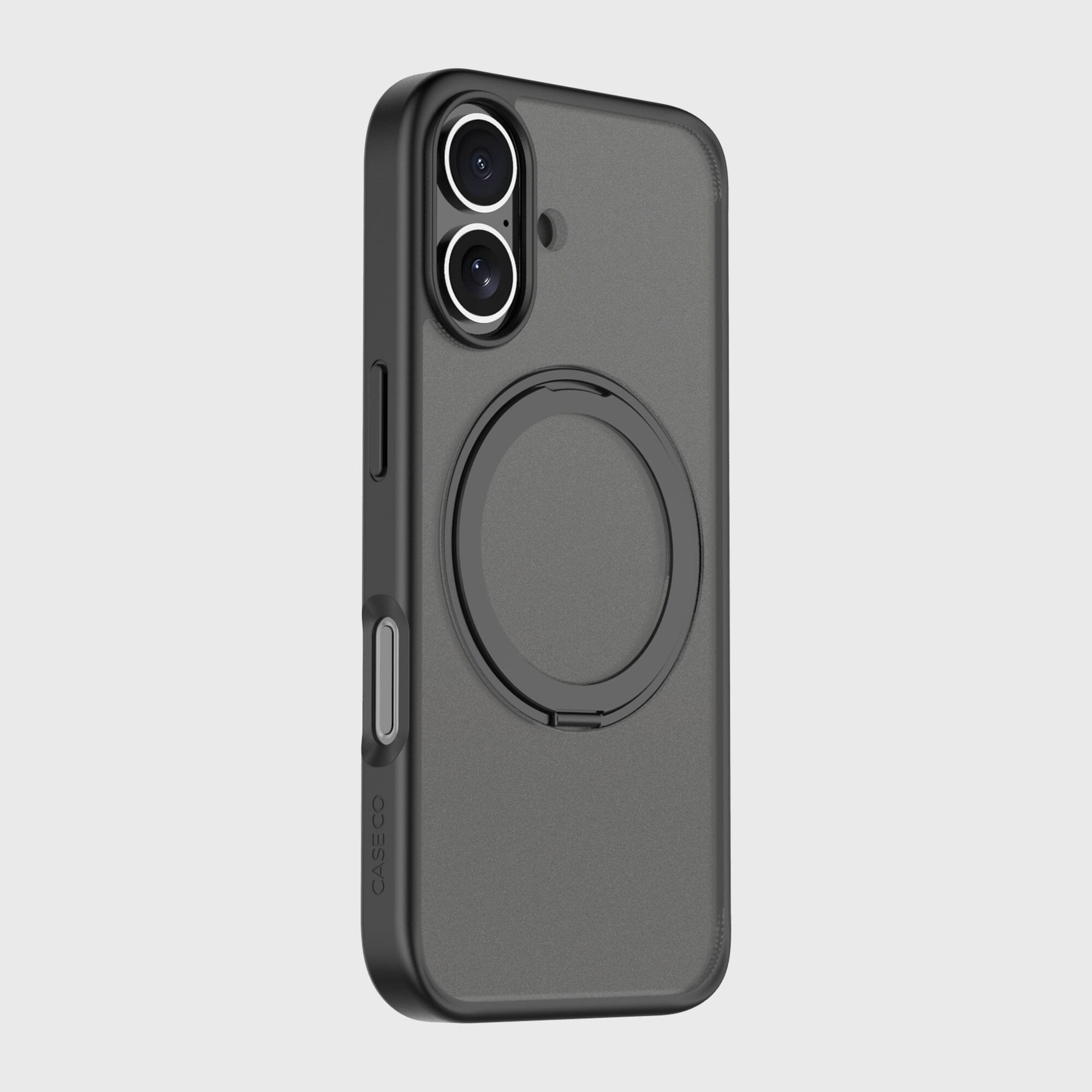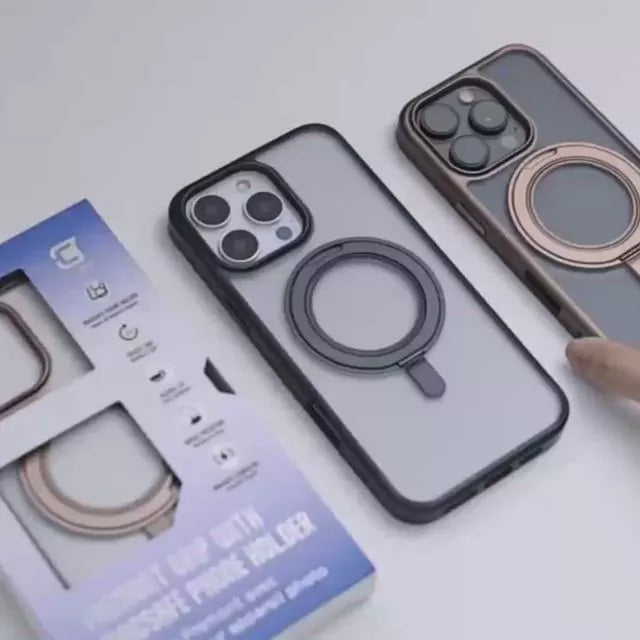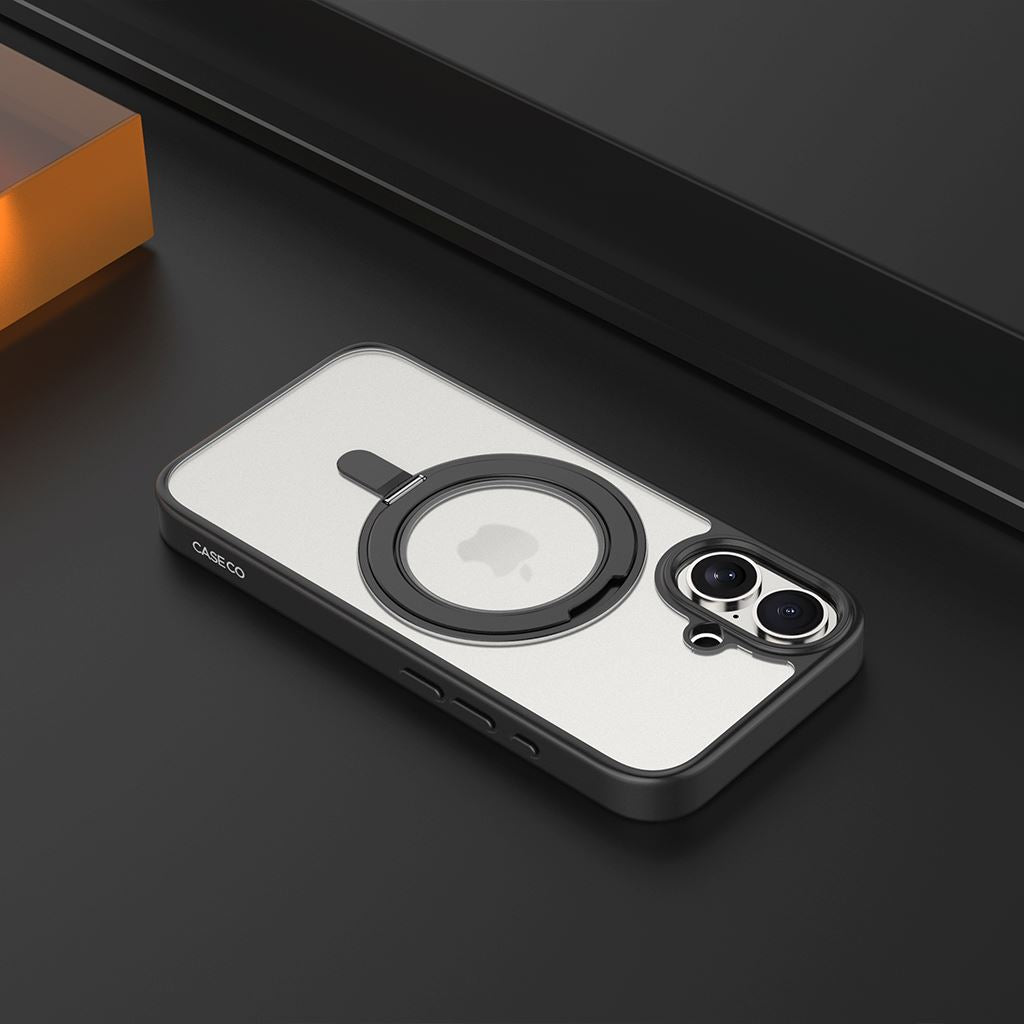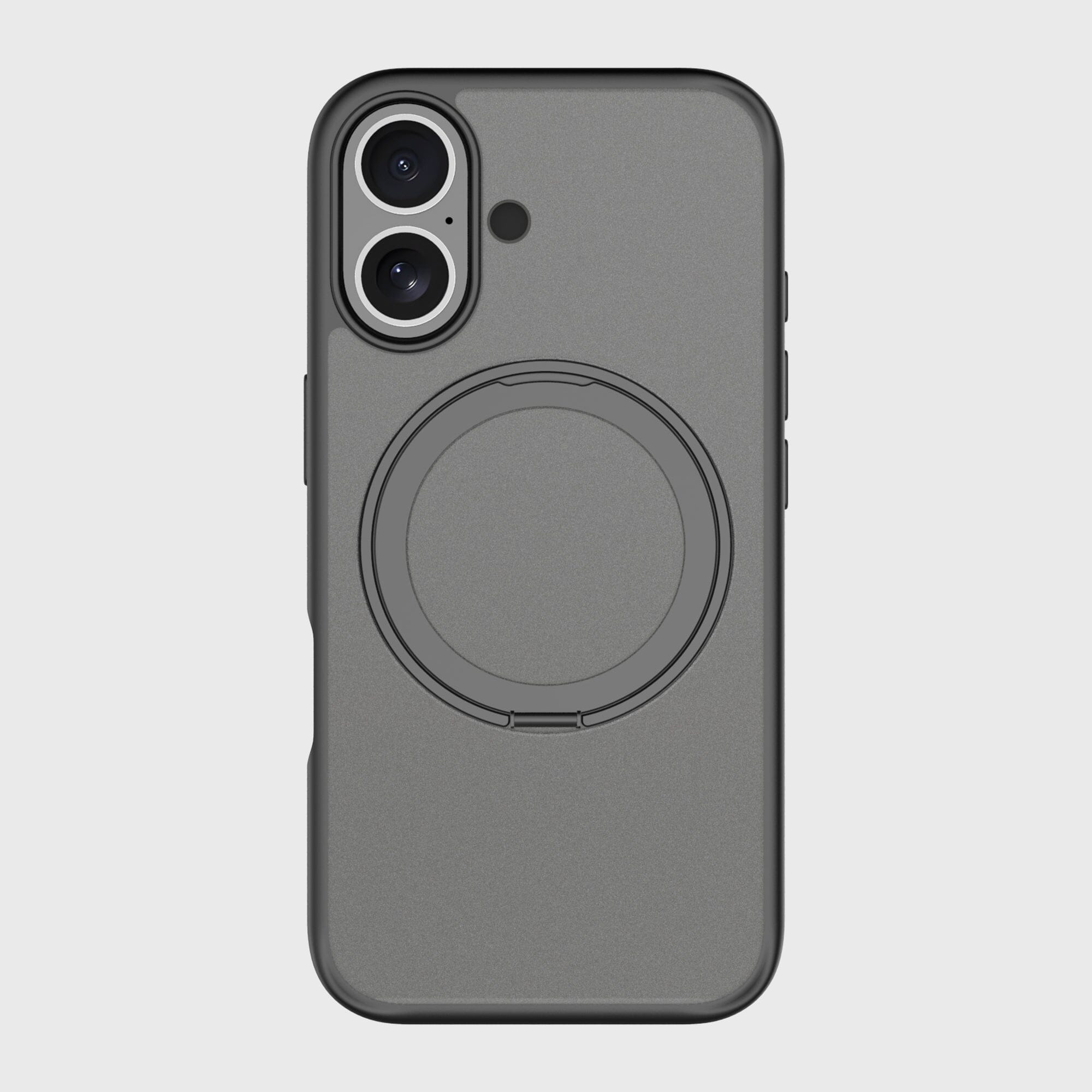Covid-19 took everyone by surprise. Nations suffered losses in both economy and human lives. This happened late 2019 and years after, the global community is slowly getting its foothold. But many changes had to happen and now we enter into a new normal.
Disinfection was one of the key practices to prevent the spread of the disease. Frequent hand washing worked together with face masks and the occasional lockdowns. These preventive measures came to include phone sanitizers aimed to sanitize your phone as it was noted that bacteria and viruses similar to Covid-19 may attach itself to different items.
Now, before the COVID-19 pandemic happened, UV light was something many of the public didn’t have any idea about. Typically UV sanitizers were used in the medical field like in a dentist’s clinic to sanitize the air, surfaces and equipment. But recently there’s been an abundance of UV light products coming out and one of them is the UV light Phone Sanitizer.
What Is The UV Phone Sanitizer?
UV Sanitizers typically presented as a box or a chamber that can contain a phone or any other items. With a push of a button, you can turn it on and built-in lights will come up and start to kill any germs on your items. However, it is important to note that phone sanitizers must be completely closed before turning on to maintain safety for the user and people around.
When the UV sanitizer is closed completely, a bright UV-C or Ultraviolet-C light hits the surface of the items inside as well as the reflective surfaces in the box from a period of 3 to 10 minutes per cycle. A lot of these UV sanitizers are multi-purposed and can even act as a wireless charger. There are even some that can simultaneously disinfect other objects like credit cards, keys or coins. These can be easily found and purchased online.
Nowadays, there have been a lot of other iterations of the UV Phone sanitizers. Several of them actually look like a wand or a handheld light similar to a flashlight. Many are attracted to this kind of sanitizer which they can use to disinfect everything. Since you don’t need to enclose it into a box or chamber, you can sanitize items from something as small as a coin to something as large as an ergonomic keyboard and other large surfaces.
However, it’s convenience may come at a price as exposure to this radiation may cause harm to the people when directly hit by it. More on that later in the article but if you want to jump into that then click here.
Are UV Phone Sanitizers Effective?
Since the pandemic hit, people have been scrambling to get a hold of various cleaning agents and companies have sprung up providing cheap products that claim to sterilize various items. Just a quick search for UVC on Amazon will give you thousands of options for phone sanitizers ranging from $17 to over $100.
One way to check if these products are effective is their price. One quality UV-C LED bulb would cost about $15 so a handheld product that sells for just a little more than that definitely isn’t going to do much. That’s because you need a fair amount of UV light that’s concentrated enough in order to be effective. This would also require more energy than handheld devices can provide.
You see, the factors that contribute to effective sanitization are the light source strength, proximity of items from the source and exposure time. Although there are some effective UV sanitation wands out in the market that sell you a complete package with anti-UV goggles, you’d be better off with other products.
It’s also best to buy phone sanitizers from reputable companies that are ready to back up their claims. The good ones cost about $80 and are in a box or container form. That’s so that the light can be reflected back at the objects you’re trying to sanitize and eliminate human exposure. They also have a 3 to 5 minute cycle but can be extended to ensure that the items are exposed to enough UV light, effectively killing any germs that may be on them.
Caseco’s UV Phone Sanitizer Box With Wireless Charger has an enclosed area for sanitizing your devices and other small items such as coins, Airpods, and the like. These are in close proximity to the light source which is supplied with enough power to be able to kill 99.99% of bacteria and viruses. One press of the disinfection button starts the 5 minute cycle but if you press it again, you extend this to 10 minutes for maximum sanitization.
How Does UV Light Disinfect?
Ultraviolet light is a form of radiation that comes from the sun and other light sources. It’s not visible to the naked eye and has a very short wavelength, from 400 to 180 nanometers. Of this, there are three types: namely, UV-A, UV-B, and UV-C. The first two are what causes skin and eye damage, aging, and also increases our risk of cancer. UV-C on the other hand is completely absorbed in Earth’s atmosphere but can be created artificially.
UV-C has a wavelength of only 280-180 nm, meaning, it has very high energy. It packs such a punch that just a few seconds of exposure to it with enough intensity can burn you. It’s so powerful that it is able to alter DNA and RNA rendering viruses and other pathogens inactive, meaning they can’t replicate. It has long been used in the medical field to sterilize equipment and instruments. In fact, UV irradiation is recognized as being effective against other types of the coronavirus such as SARS and MERS.
Even though there is still some debate on whether the same can be said about it’s effectiveness against SARS CoV 2 or the coronavirus responsible for COVID-19, in general, UV-C irradiation can inactivate a virus or bacteria as long as it is exposed to it. In fact, recent studies have shown this to be true. And according to the Food and Drug Administration, UV light can alter the outer protein layer of the coronavirus quickly.
This means they can’t attach themselves to your cells, making them ineffective. It may take some time for UV-C light to be certified effective against COVID-19 as rigorous testing with different parameters are needed to be done and properly recorded, but initial results look promising.
It is important to note that in order for UV light to be effective against viruses and other bacterial pathogens, they have to be directly exposed to the light. Anything that can block it like dust, dirt, a groove, or even a cell phone case means that it can’t inactivate these viruses. Also, the cycle should be long enough to provide maximum exposure of these to UV light.
Can A UV Sanitizer Damage Your Phone?
Now that you know how powerful and damaging UV-C can be, we’re sure you’re concerned about how they can affect your precious device. No matter if it’s a flagship or an entry-level phone, it’s bound to have plastics on the outside.
Car owners know very well the damage that UV rays can do to paints and plastics. UV radiation can make that once shiny paint dull and degrade the plastic surface on headlights. However, these kinds of damage are accumulated over long periods of time and cars are generally exposed to the sun for hours on end. So, a few minutes of exposure won’t really do much to damage your phone.
Consumer-grade phone sanitizers are safe for mobile devices. It won’t harm their touchscreens, cameras, and other sensors and hardware that are exposed. Of course, all your phone’s internal parts are safe since the UV light won’t be able to reach it.
Another thing to note is that your phone’s screen (and sometimes the back panel as well) has an oleophobic coating and this slowly degrades over time. However, solvent based disinfectants can degrade this faster. Even vigorous wiping using a micro-fiber cloth can do this. Eventually, you’ll be left with a fingerprint magnet of a screen.
Do I Need A UV Phone Sanitizer?
The best way to avoid getting COVID is to wear a mask, frequent proper hand washing, and practicing social distancing. With regards to our personal effects, Apple and Samsung recommend wiping down your phone with a micro-fiber cloth and using 70% alcohol solution or soapy water if necessary.
We all know that water and electricity don’t mix. That’s why these manufacturers also include precautionary measures to their recommended sanitization methods such as unplugging and powering down your device. They also caution you to avoid getting it too wet and not to apply disinfecting products directly.
UV sanitizers do away with all these precautions and won’t damage the oleophobic coating on your device.
Caseco’s UV Sanitizer is also capable of wireless charging and portable thanks to the included wall charger and USB cable. You won’t have to drag a charger along anytime you go out and you have a device that can clean your phone. These are the advantages that UV sanitizers have over the recommended sanitation methods.
A word of caution though, it’s recommended to use this as a second line of defence. Since UV light needs direct contact with the virus in order to kill it, it’s best to remove your phone from the case before putting it in the UV sanitizer. Also, a delicate rub down with a microfiber cloth can help take away any stains or debris that are stuck to it that can hamper the disinfection process. After one cycle, you’d want to flip it over and have another cycle. While this is being done, you can wipe down the case and place it on a disinfected area. Take this time to wipe down the outer surfaces of the UV sanitizer as well. After they’re all done, you can put them back together.
At the end of the day, UV sanitizers are a better way to keep phones virus free as it’s more convenient and gentle on your device. It also helps that some of them have the ability to charge your phone so that you can make the most out of this handy accessory. If you feel that you can somehow fit this into your daily routine then getting one is definitely a worthwhile investment.
Is UV Light Safe For Humans?
UV light in general isn’t all bad. For one, UV-B light helps our bodies produce vitamin D which aids in calcium absorption, bone growth, and muscle health. It also has practical and medical applications. They’re used in tanning booths and some lighting fixtures, and they’re also used in the treatment of some diseases.
However, both UV-A and UV-B light causes sunburn in the short term and premature ageing and cancer in the long term.
This is because they can reach the dermis and epidermis respectively. UV-C on the other hand doesn’t penetrate as deep as the other two but even a few seconds of exposure can be harmful. It may not be immediately apparent but UV-C exposure can cause burns in the skin and eyes. This leaves a severe itching sensation in the eyes that may disappear in a week. Extreme cases can cause the inability to use your eyes for a day or two.
It is worth noting that some UV bulbs can emit UV-C and UV-B rays. Also, older UV-C bulbs contain mercury which is toxic, and some UV bulbs can emit ozone, which can be bad for your health if you inhale it. Therefore, it would be best to use a UV sanitizer that has an enclosed treatment area. Handheld ones simply don’t have this or any sort of protection.
To Conclude
UV sanitization technology is not something new. It’s been proven effective at getting rid of germs and used in the medical and other fields. Results of initial testing have also seen it effective against COVID-19. A UV phone sanitizer box is worth it if you want to keep your phone clean and safe without doing much damage to it. They also double as a wireless charger. Just be sure to buy from a reputable company that also looks out for you instead of just wanting to make an easy buck.
